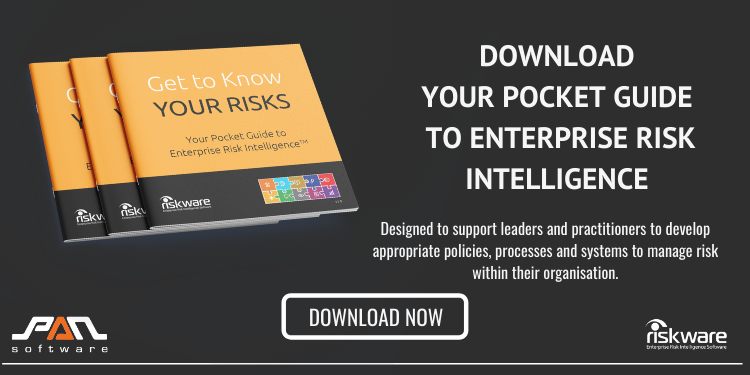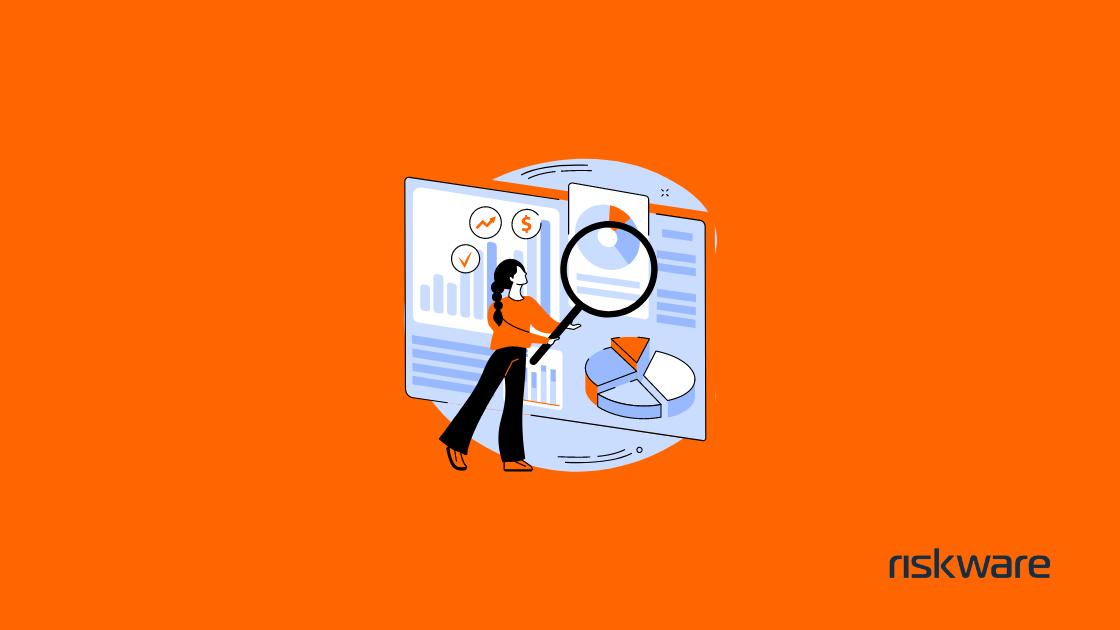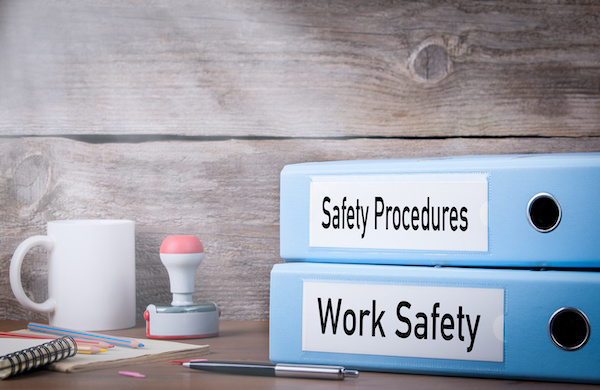A critical step to creating a safe and healthy workplace is understanding the nature of risks, the harm that hazards could inflict on your employees and the likelihood of those hazards actually occurring. When managing workplace health and safety (WHS), this is considered the risk assessment phase and takes place after potential hazards have been identified.
.jpg?width=600&name=AdobeStock_112432368%20(1).jpg)
Risk assessment is a process for developing your knowledge of hazards and risks in your workplace, so your organisation can make well-informed decisions about how to control them. By understanding the potential hazards and risks in your work environment, you will be able to avoid or minimise their effects or ideally, eliminate them completely. How a risk assessment is done should be tailored to your company and the specific situation, which means it could either be a simple discussion among colleagues or something more formal with specific risk analysis tools driven by safety professionals.
When to do a risk assessment
Before conducting a risk assessment, you should decide whether one needs to be done in the first place. A risk assessment should be done if:
- You have limited knowledge of a hazard or risk.
- You're not sure of all the things that could go wrong should a hazard occur.
- There are hazards in a part of your work environment that could potentially impact other hazards and impose new and greater risks, but you're uncertain how and to what extent.
Essentially if there is a lack of understanding or uncertainty around a hazard or risk, a risk assessment makes sense. Many hazards and risks across multiple industries, however, are well known and have established control measures, so if that is the case, a risk assessment has already been done for you. In this circumstance, you'll refer to WHS laws and compliance regulations or your industry standard so you can properly implement the required controls.
Once you have determined a risk assessment needs to be done, regardless of your industry or the type of hazard, there are three basic tasks you'll want to cover.
How to do a risk assessment
1. Figure out the severity of potential harm that could occur.
As mentioned, prior to doing a risk assessment, you will have already identified all potential hazards in your workplace, so your next first task is to work out the harm that the hazard could cause and the severity of that harm. The severity of the harm will influence how critical it is to control the risk of the hazard occurring. The key in this step is to ask the following:
- What harm could occur?
- What factors could influence the severity of the harm?
- How many people could be affected by the harm?
- Are there any factors or situations that could make the harm worse?
For example, say there is a ledge that doesn't have edge protection on the second story of a building on a construction site. If a worker were to fall over that ledge (about six metres to the ground), they could be seriously injured or even die. In this case, the level of harm that could occur from this hazard is high. If the ledge were to be less than one metre high, on the other hand, the consequences could be less severe and therefore the risk of the hazard may not need immediate control measures put in place.
2. Determine what sequence of events has to happen for the hazard to occur.
Certain circumstances or events have to occur for a hazard to cause harm. Understanding this sequence of events can help you sort out how to lower or even eliminate the risk of the hazard escalating to the point of creating harm. A way SafeWork Victoria suggests working out this sequence is by identifying where things would begin to go wrong and then asking, "If this happens, what may happen next?" In doing this, you could determine what a potential control measure could be and when it should be put in place.
A simple example of this is unpacking shipping containers. When unpacking shipping containers, a potential hazard is slipping or tripping. In this case, the starting point is beginning to unpack a container, then if there is an uneven surface, a worker could trip, or if the worker is not wearing the appropriate footwear, he or she could slip. Through this exercise, it becomes evident that when unpacking containers, to prevent the risk of tripping or slipping, workers should ensure floor surfaces are even and undamaged and workers are wearing sturdy shoes with good traction.
3. Work out how likely the harm is to occur.
The likelihood that a hazard will cause harm will affect how much effort you need to place on controlling the risks. You will want to rate the likelihood on a simple five-point scale from "rare" to "certain to occur."
.png?width=650&name=Blog%20Image%20-%2016.10%20(4).png)
To estimate the likelihood, you will consider the following:
- What is known about the risk: For instance, does it always exist or does it exist only at certain times? Are there particular controls in place already and how effective are they?
- The circumstances at your work: For example, do certain operating or environmental conditions make the risk greater?
- How the work related to the risk is being done: Is the risk greater depending on who is doing the work or how it is done? For instance, if someone is less experienced, is the likelihood for potential harm increased?
Referencing the above scenario of unpacking shipping containers scenario, cold and rainy weather would make injuries more likely, so if workers are operating in those conditions, harm is more likely to occur and therefore, control measures like heaters and wet weather protection need to be provided.
By carrying out a risk assessment according to the above three steps, you and your organisation will have an understanding of what harm hazards can lead to, how those hazards bring about harm and the probability the harm will occur, allowing you to put the proper control measures in place to manage the hazards and risks.
Ready to Learn how RiskWare can help?
Let's organise a time to speak to one of our Risk Specialists and you can learn why millions of users around Australia trust RiskWare to manage their organisations Risks.\

|
To learn more about how RiskWare is making the world a little less risky, visit us at RiskWare.com.au.

.jpg?width=600&name=AdobeStock_112432368%20(1).jpg)
.png?width=650&name=Blog%20Image%20-%2016.10%20(4).png)






Comments